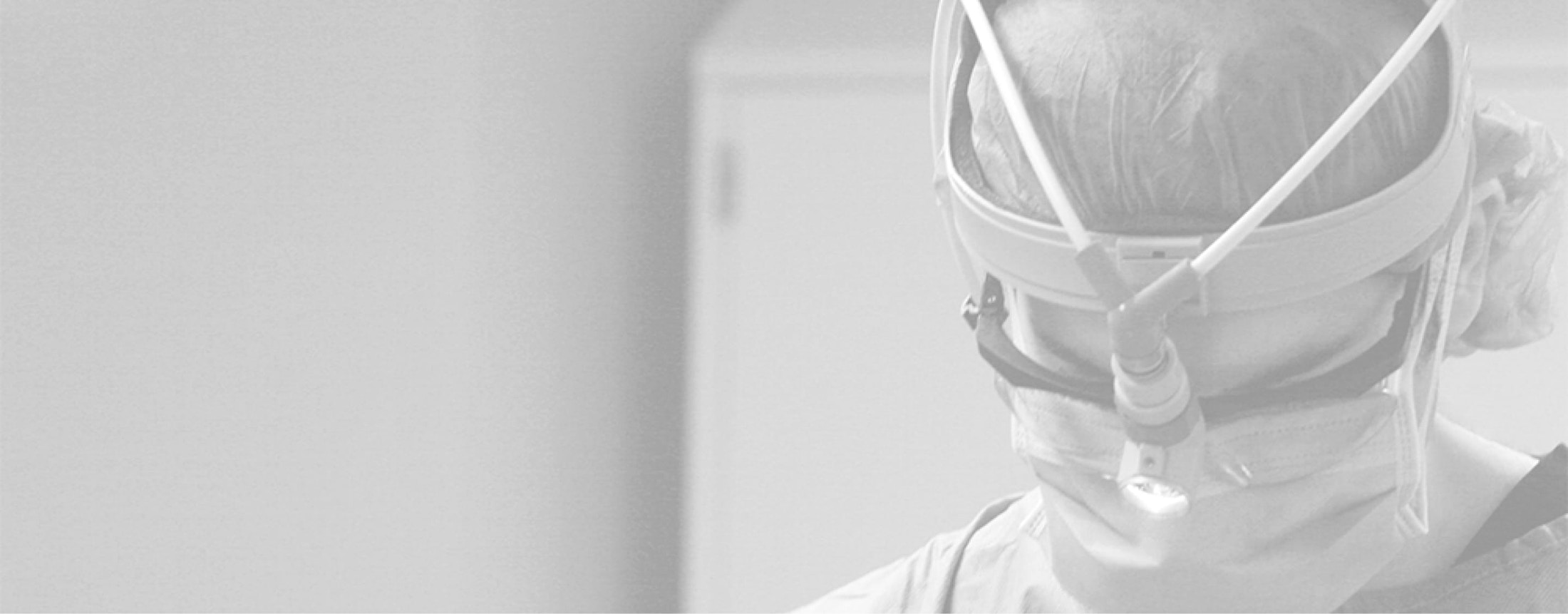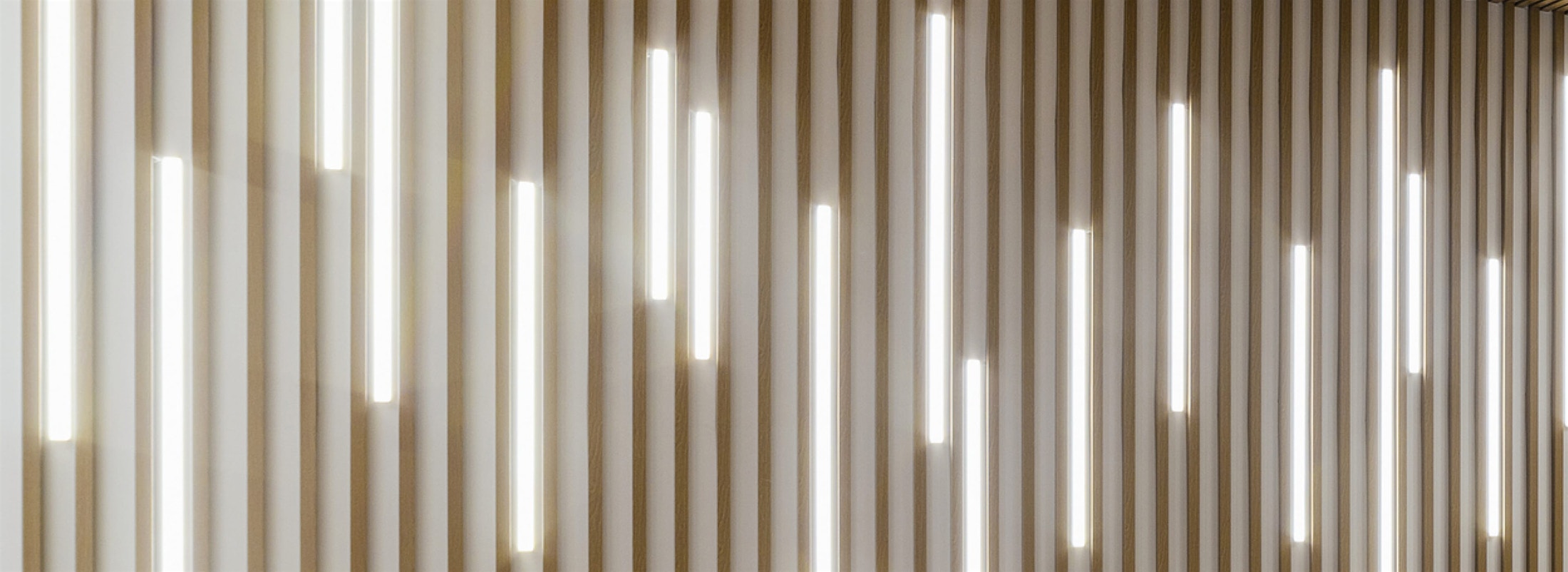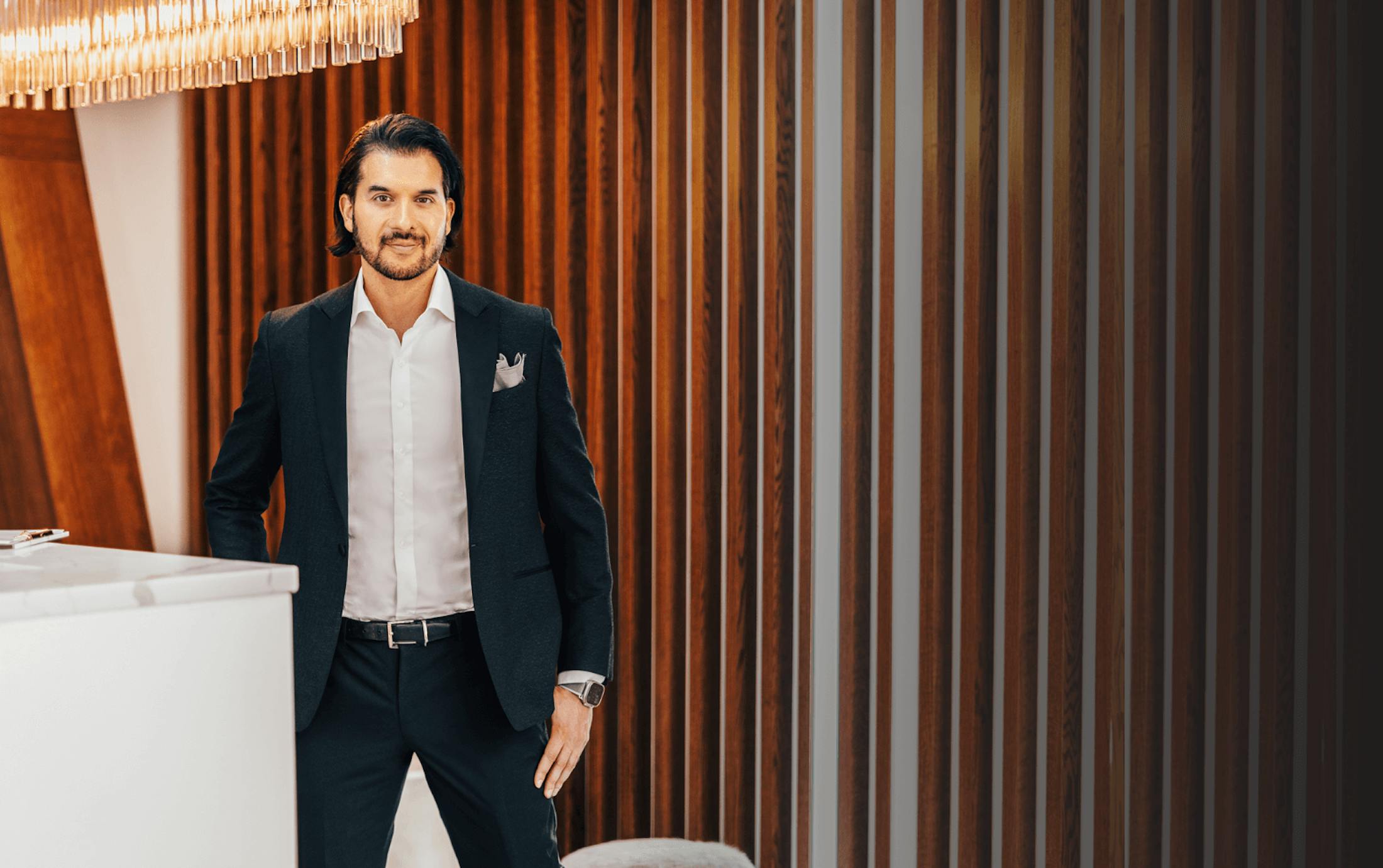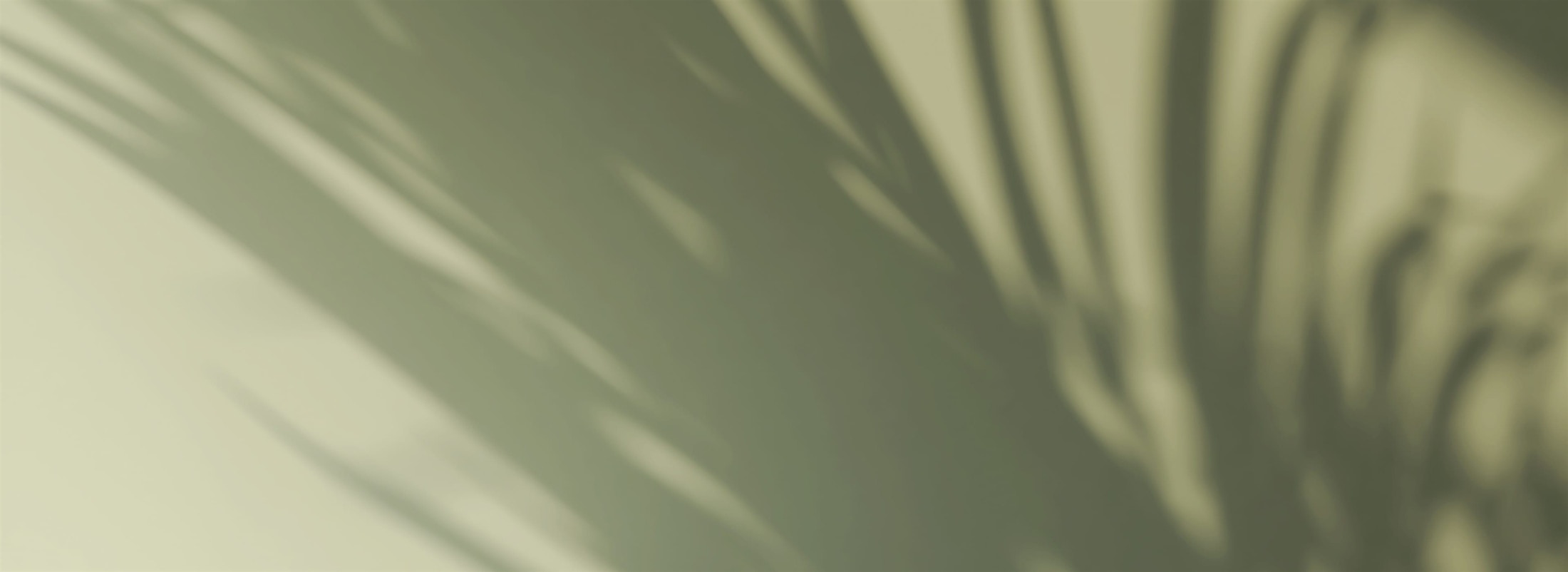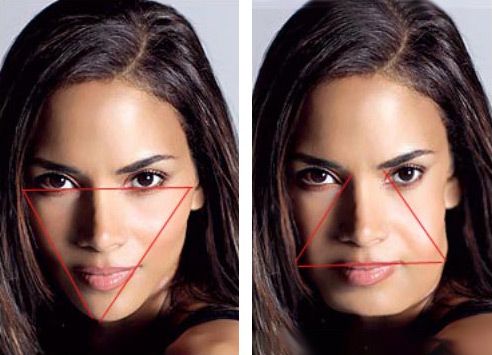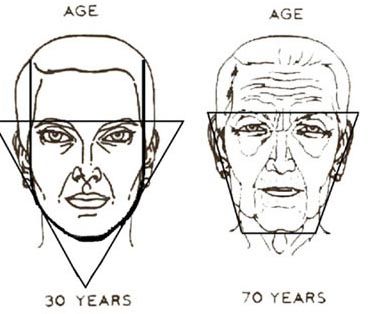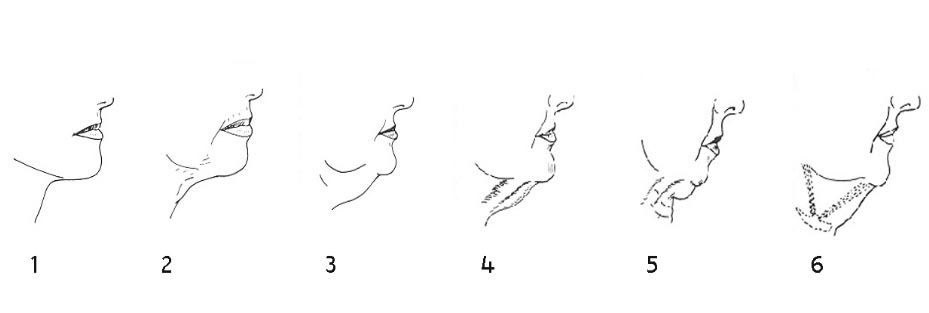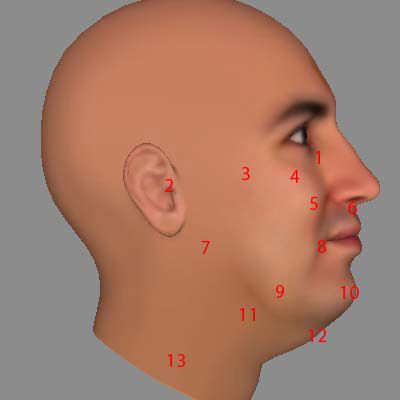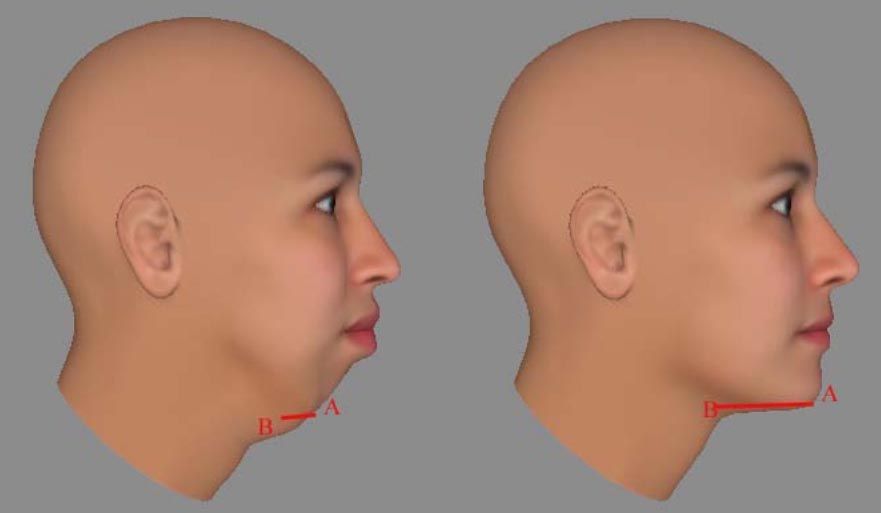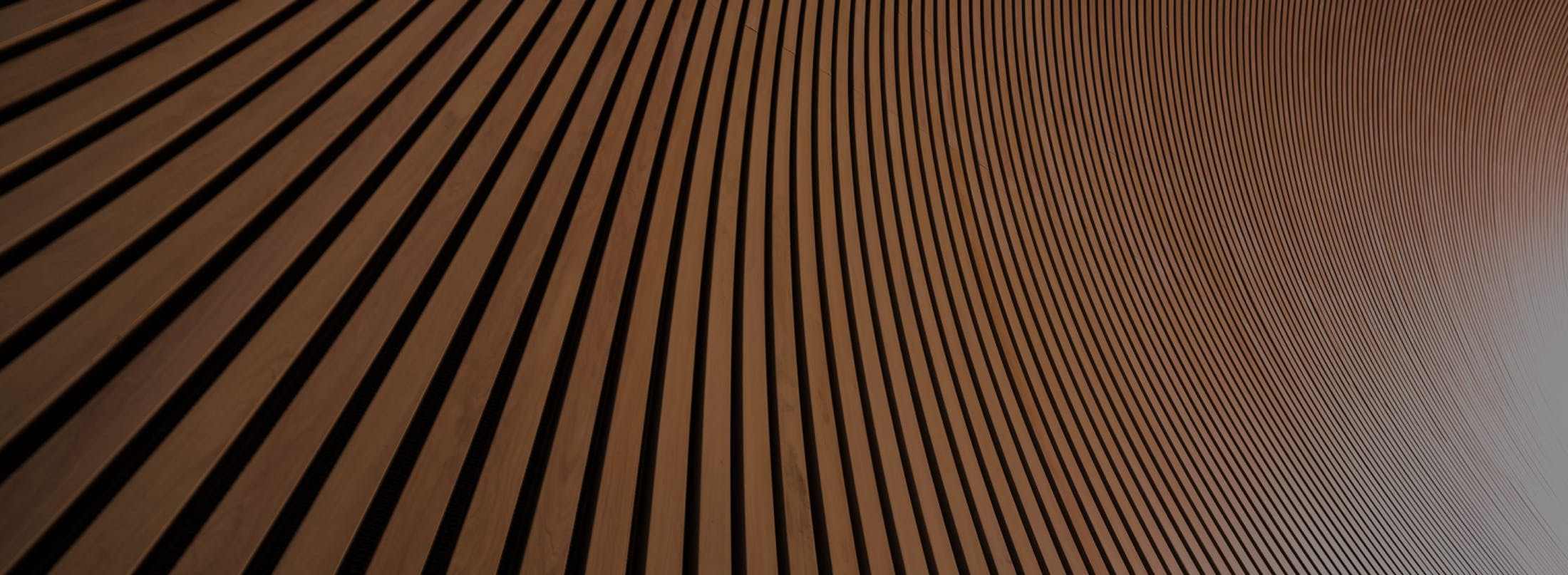Ethnic Facelift Surgery
African American Facelift
Much of the literature has focused on how aging affects patients of European descent. However, aging affects everyone, albeit in different ways. The term African American represents a broad range of skin types, pigmentation, and facial features. In fact, a recent study in Nature found that persons of African descent had the most diverse genome (genetic characteristics).
Typically, the higher melanin content in African American skin provides increased protection from the harmful effects of UVA and UVB sun damage. As a result of this protection, African American skin may continue to have a higher elasticity or spring, even in advanced age. The elasticity is an important factor in the prevention of lines and skin from sagging.
Despite the beneficial approaches seen in the skin, the aging process continues with volumetric changes to the face, midface, and cheek area. In addition, the deeper structures of the face and neck will continue to slide down, creating less defined jawlines and necks.
Dr. Shah utilizes an individualized approach in treating African American patients seeking youthful rejuvenation. First of all, some patients may benefit from a neck-only lift in order to tailor the jaw and neckline. Volumetric replenishment of the face may serve to provide a lift of the midface and lower face. Finally, in some cases, repositioning of the deeper tissues will allow for a more youthful deeper structure to the face. African American patients have a higher incidence of keloid formation. Due to this possibility, Dr. Shah advocates close follow-up after any procedure to lessen the likelihood of this occurring. Dr. Shah utilizes a series of preventative measures in order to help reduce the incidence of keloid formation.
Asian Facelift
Asian patients age differently than Caucasian patients. This is often most reflective in the skin, where the formation of fine wrinkles is less prominent. However, Asian patients may lose volume in their face, develop sagging of deeper tissues, and have prominent neckbands. In some cases, resuspension of the deeper tissues can help restore the facial appearance and make the neck and jawline tighter in appearance. It is critical to discuss the facial shape that patient desires after a facelift, as Asian bone structure, in particular, cheekbones can be markedly different than Caucasians. In addition, some Asian patients are concerned about hypertrophic scarring or keloids. Dr. Shah accounts for these changes by creating a younger face, while not making it look too full while concealing scars behind natural structures, such as the ear.
Caucasian Facelift
Caucasian male patients are seeking plastic surgery with more frequency. In part, this is due to a greater awareness of looking good, coupled with several studies showing higher earnings for patients who are more attractive.
Indian Facelift
Indian skin and aging vary from person to person. Indians with fragile and thinner skin will often develop finer lines along with volume loss, neck fullness, and jowls. Indians with thicker skin may not develop finer lines, but will still manifest volume loss, neck fullness, and jowls with aging. Every face is different and requires a different solution. Dr. Shah customizes a solution based on the individual. In some cases, patients may experience rejuvenation with a growth factor or fat cell lift without a visible incision at all.
Middle Eastern Facelift
Middle Eastern skin and aging varies from person to person. Middle Eastern patients with fragile and thinner skin will often develop finer lines along with volume loss, neck fullness, and jowls. Indians with thicker skin may not develop finer lines, but will still manifest volume loss, neck fullness, and jowls with aging. Every face is different and requires a different solution. Dr. Shah customizes a solution based on the individual. In some cases, patients may experience rejuvenation with a growth factor or fat cell lift without a visible incision at all.



